OLYMPIC NATIONAL PARK (Day 19 - part 1)
In spite of some very heavy fog, the weather seemed better today. So I made my way back inland to the Hoh rain forest.



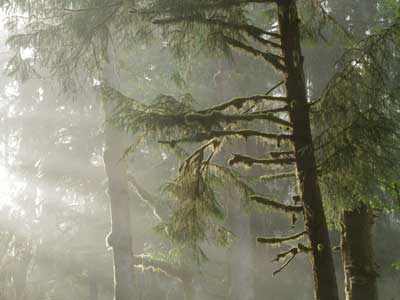
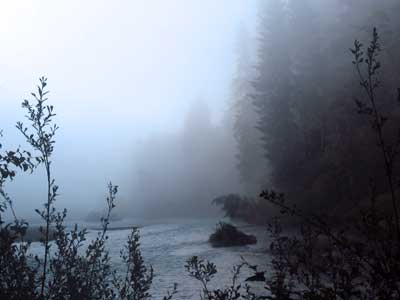
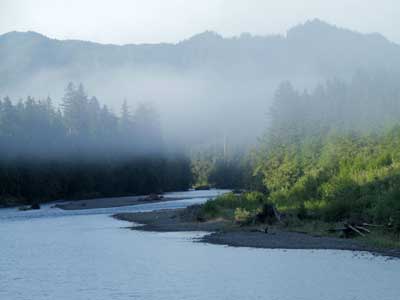


A elk browsed by the side of the road.
I stopped at visitor center and did two short trails: Spruce Nature Trail (1 1/4 miles) and Hall of Mosses Trail (3/4 mile).

The Spruce Trail led through an area that was being continually changed by the wandering path of the Hoh River. Each section contained different plants, depending on how long ago the river had been there. Life along the river bank allowed for grasses, willows and giant Douglas fir trees (since there was enough light for them to grow). When the river moved away, the forest evolved into ferns, alders and cottonwoods. Eventually as things dried out even more, moss, spruce and hemlock appeared.
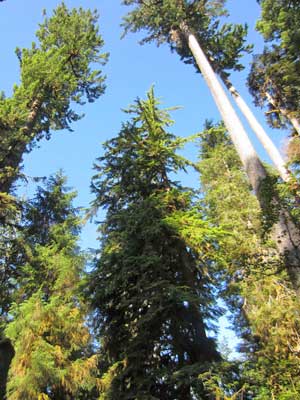



There were numerous signs lining the path to help explain the different ecosystems.


Spanish moss
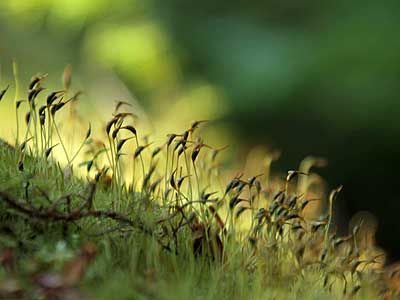

Moss close-up. ... A robin takes a quick break.
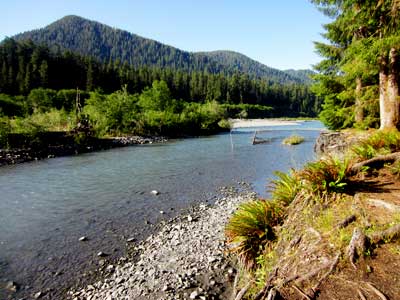

The Hoh River runs with glacial melt from the Olympic Mountains.


Lush, green and very very wet!




This row of Sika spruce and Western hemlock all had their start on the same nurse log (a decaying fallen tree that provided seedlings with nutrients, moisture and warmth). The log is long since gone, but the position and larger base roots of the trees still tell its tale.


The Hall of Mosses trail wanders through the older, more stable part of forest, farther away from the volatile river.




This slug is far bigger... than this tiny mushroom!


Different trees support mosses and lichens in different amounts. These epiphytes only feed on light and wind-borne moisture and nutrients. They don't harm the tree... unless they get too heavy and a limb breaks.


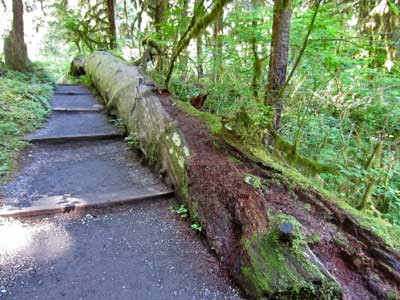
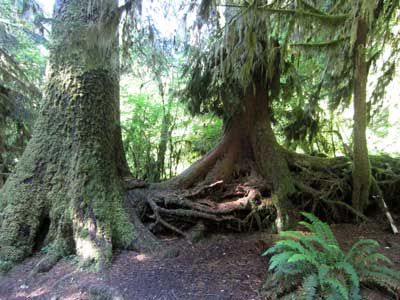
The trunk of this fallen Sika spruce is 190 feet long... but this is only a piece of it. Spruces here average 220 feet and can reach over 300 feet. Heavy annual rainfall as well as fog off the Pacific allow for vegetation in this valley to reach giant proportions.
return • continue

